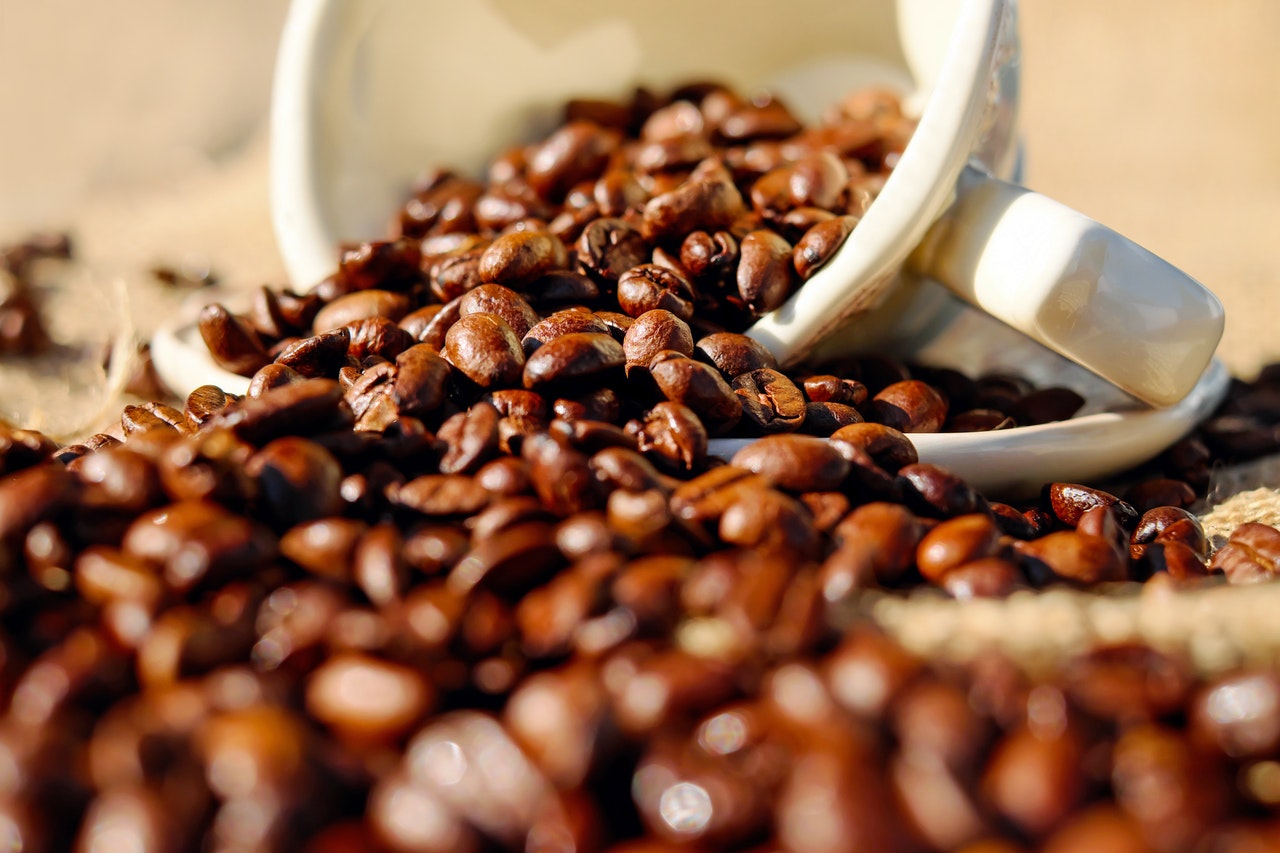Coffee Farmer Now, Tomorrow’s Millionaire?
Coffee is the most consumed beverage globally, and is second only to oil as the most valuable commodity exported by developing countries.
Unlike other crops, coffee farming requires little management. It’s actually easy because you don’t need to do it on a full time basis, as long as you have a trained farmer-in-charge and farm supplies are provided on-time.
Even small farmers can readily start coffee farming as it needs only a minimal investment. Labor and materials cost just around P50,000 per hectare. Coffee farmers earn as much as P100,000 per hectare, or more than double their investment starting on the third year after planting.
The Philippines’ climate is really suitable for growing Robusta, which among the coffee varieties, commands the biggest demand locally. Eighty-five percent of our requirement is for Robusta coffee, the balance of 15 percent goes to Arabica, Liberica and Excelsa. Essentially, as long as Robusta get a healthy amount of sunlight and are planted on land that does not get water-logged or flooded, Robusta coffee can be grown successfully and profitably.
One can grow coffee in two ways: Either from seeds or from rooted cuttings. Of the two planting methods used for propagating coffee, use of cuttings is encouraged, because cuttings need a shorter time to grow and mature and give 30 percent higher yield than coffee trees grown from seeds. Since you can get several cuttings from a “mother plant”, cuttings greatly increase the number of plants a farmer can produce in a shorter span of time.
Taking care of the coffee plant involves weeding, pruning, and fertilization to keep them healthy and productive. Insect attacks on coffee plants aren’t as prevalent as those of other crops like corn and bananas and are easily controlled and can be prevented with proper management.
From planting, it takes approximately 18 months for a coffee plant to produce its first harvest. With proper care, a coffee tree can live to 50 years so farmers can keep on harvesting for a long period of time.
The Philippines is next only to Japan in the amount of coffee consumed in Asia. In 2002, the yearly coffee consumption of the Philippines was 75,000 metric tons. This figure grew to 170,000 metric tons annually by 2018. However, since 1997, we have already begun importing significant coffee supply from neighboring countries like Vietnam and Indonesia because of the continuous growth in local demand. If we can increase production in our coffee farms, it would help make our country less dependent on imported coffee.
Productivity of coffee farms also pales in comparison with that of Vietnam whose production is about 3 tons per hectare compared to the country’s 500,000 kilograms per hectare.
The Philippines produces about 25,000 tons of coffee annually but imports three times that volume to meet local demand. Demand grows at about the same as the population rate of three to five percent.
Coffee production in the Philippines began as early as 1740 when the Spanish introduced coffee in the islands. It was once a major industry in the Philippines, which 200 years ago was the fourth largest coffee producing nation. Right now, we ranked 110th in terms of output.
Coffee revenue amounted to US$3,199m in 2018 alone, and the market is expected to grow annually by 10.1% from 2018-2021, while the global shortage is estimated to reach 32 million bags by 2020.
So if you want to share in the pie and be a millionaire in a few years, then start planting those coffee trees. Filipino farmers can take advantage of good soil and terrain and there are a number of resources available for those who are interested.





